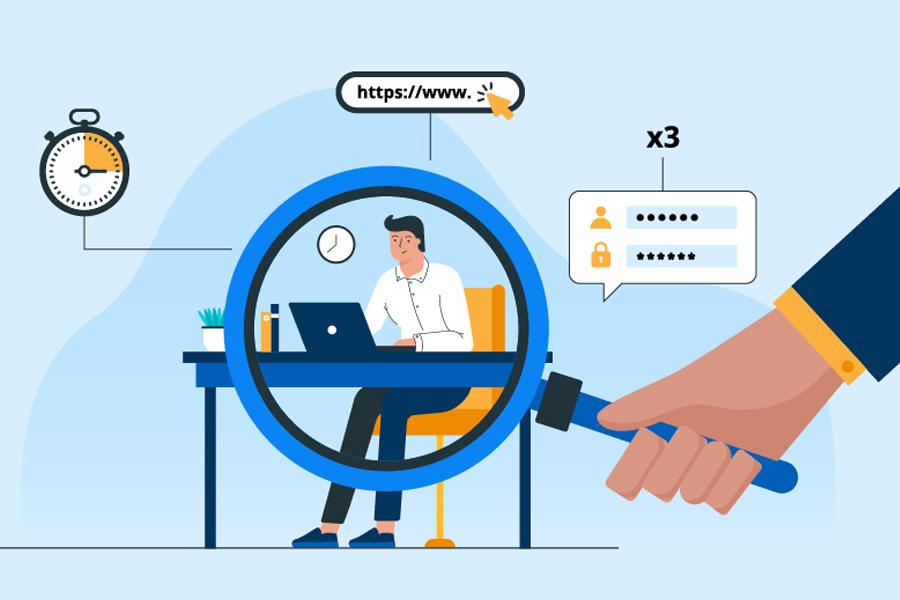Monitoring employees is essential. But it’s crucial to do it right. This helps boost productivity without harming trust. Here, I’ll guide you on how to monitor your employees effectively. We’ll discuss the best practices, tools, and legal considerations. Employee monitoring is on the rise.
According to a recent study, 60{2272436a63cf27f0436ed0565d405553e35177a3428c4010db3566ec5cc0a809} of companies now use some form of employee monitoring tools. This trend has grown since remote work became popular. But how can we monitor employees without crossing boundaries? It’s a delicate balance. With the right approach, you can ensure both productivity and a positive work environment.
Why Monitor Employees?
Employee monitoring has become more common. Companies use it to track productivity, ensure compliance, and improve overall efficiency. But, it’s not about spying; it’s about creating a transparent work culture.
Choosing the Right Tools
When considering employee monitoring tools, you need to choose wisely. Not all tools are created equal. Some focus on tracking time, while others provide detailed analytics on employee performance.
Employee Hours Tracker
An employee hours tracker is crucial. It helps keep tabs on how much time employees spend on tasks. This isn’t just about payroll; it’s about understanding productivity. For instance, studies show that effective time tracking can boost productivity by 20{2272436a63cf27f0436ed0565d405553e35177a3428c4010db3566ec5cc0a809}.
Why Controlio Stands Out
One of the best tools out there is Controlio. This software doesn’t just track hours; it offers comprehensive monitoring. It records time, tracks activities, and provides detailed reports. It’s a one-stop solution for all your monitoring needs.
Controlio’s features include:
- Real-time tracking
- Detailed reports
- Easy integration with other tools
Using Controlio can simplify monitoring and provide insights into employee performance. It’s a great way to ensure your team is working efficiently and effectively.
Balancing Act: Monitoring Without Micromanaging
The key to effective employee monitoring is balance. You want to monitor performance without crossing the line into micromanagement. Monitoring tools should help, not hinder, your team. It’s about setting clear expectations. Let your employees know that monitoring is in place to help them, not to control them. This approach fosters trust and can improve morale.
Implementing Employee Monitoring Tools
When rolling out monitoring tools, communication is crucial. Explain the benefits and how the tools will be used. Transparency helps in reducing resistance and creating a cooperative environment. Start with a pilot program. This allows you to gauge the effectiveness of the tools and get feedback from employees. Adjustments can be made before a full rollout.
The Right Way to Use Data
Data from monitoring tools should be used constructively. It’s not just about finding faults but identifying areas for improvement. Use the data to provide feedback and support your team in their professional growth. Regular reviews and one-on-one meetings can help in discussing performance based on the data collected. This keeps the focus on improvement rather than just monitoring.
Conclusion
In today’s business world, using employee monitoring tools is almost a necessity. With tools like Controlio, you get detailed insights into employee performance. It’s essential to use these tools wisely. Balance is key. Monitor without micromanaging. Use the data to support and enhance your team’s productivity. Remember, 55{2272436a63cf27f0436ed0565d405553e35177a3428c4010db3566ec5cc0a809} of businesses are already using monitoring tools. Being part of that statistic can help you stay ahead. Effective monitoring is about fostering a productive, transparent, and supportive work environment.

